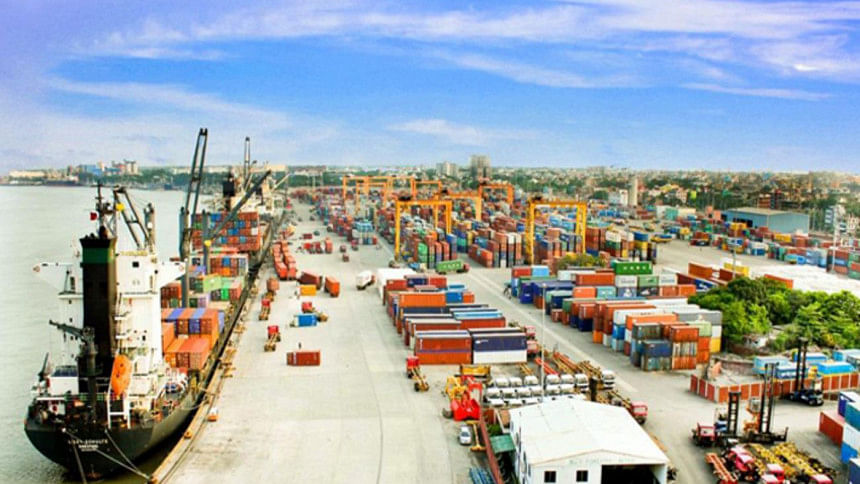Making our cities shine

While many of us lament on how our cities are increasingly overpopulated and how run down services are, the global trend points to one inescapable fact, i.e. mega cities are here to stay and they are magnates for businesses and foreign direct investment (FDI). With 54 percent of the world population living in cities, rapid urbanisation is no longer a buzz word for discussion in seminars and roundtable conferences. The problems associated with established megacities or metropolises is well known to us, viz. rising wages, inadequate infrastructure and very high cost of real estate. This brings to the fore the question of second or even third tier cities all vying to wrest the laurels from 1st tier cities in attracting both talent (human resources) and investments (FDI).
Indeed, if we take the words of Paul Philipp Hermann (co-founder and managing director of online property portal Lamudi Global) at face value when he describes 2nd and 3rd tier cities to be the future driving force for economic growth that is to come, then we are presented with a whole different scenario: "These cities have large, young working populations, [who are] not only contributing more to the economy through their employment, but spending more on consumer goods." When one looks at urbanisation trends in Bangladesh, who would have thought that Dhaka and Chittagong would emerge as major population centres in the course of the last 30 years?
What we are experiencing are part of a global trend where city planners (at least the prudent ones) are cashing in on the large-scale migration of younger people from less urban (or rural in our case) to urban centres in search of both jobs and other opportunities. What the 2nd and 3rd tier emerging cities have above 1st tier cities naturally revolves around costs and productivity. Yes, they suffer problems with infrastructure as stated before, and yes, the schooling system lags behind the top cities, but these are challenges that can be overcome through efficient city management and good governance. Richard Yorke who heads research at commercial real estate firm DTZ, (DTZ is now part of the CBRE group, global leader in commercial real estate brokerage firms in 2016 with annual transaction value of more than USD 310 billion) insists that "increasingly, more GDP is being driven by those second and third-tier cities. Population and GDP growth per capita is very interesting for businesses as it creates new consumer markets globally and new sources of human capital and expertise." These predictions are not ill founded and it is estimated by some market analysts that as much as 50 percent of future global GDP growth will be generated by these emerging market cities.
So, what does that mean for countries like Bangladesh? Do we have any chance of getting even one of our cities graduate to become a 3rd or a 2nd tier city that will draw in much needed FDI? Can we emulate what advanced economies like China have done over the decades where cities like Shenzhen and Nanjing have seen spectacular success? We have the demographic dividend certainly, where two-thirds of the population are aged under-30, and sustained GDP growth rates of around 6.5 percent, but are these going to be enough? The data certainly points in that direction, but for it to happen we will have to change our mindset about how we do business in this country. For any city to want to graduate to one of the tiers mentioned here, we will have to make not only the environment business-friendly, but create conditions that allow the young to flourish. That means affordable housing for students, making a city attractive in terms of entertainment and easily accessible (efficient mass transport networks — road and rail). These are not buzz words anymore; these are doable when the right management is in the driving seat of a city that intends to go places.
As we look beyond China and India and move towards our realities in Bangladesh, one city, Chittagong, has been mentioned by The Financial Times as a potential economic powerhouse. It is the city with access to the sea and a city with a growing middle class. Chittagong which has always been known as the port city is emerging as a centre for financial services, industry and manufacturing. Demographic trends point to this city's population growing by about 50 percent by 2025. It has all the hallmarks for success but at the end of the day it essentially boils down to how savvy we are with managing that growth.
For years, the port city has suffered from chronic natural gas shortages (primary fuel source). We have been promised the arrival of LNG sometime in the future (timelines vary wildly in our country) and the necessary infrastructure development are still happening on paper. It is safe to say nothing is going to change in a very big way before 3-5 years. That leaves city planners ample time to make certain changes in the way the city is managed. For Chittagong to catch the next wave of emerging market cities, we have to take the word of Rosemary Feenan (a director with global research at JLL) who believes that smaller cities must market themselves in areas where they are competitive. This could be goods; it could be services and even technology. And this marketing must be based on the premise that cities like Chittagong are cheaper and more efficient alternatives to the established cities of the higher order (1st and 2nd tiers). Good governance is the real and only buzz word here; get that right and who knows what Chittagong could look like in 2025?
The writer is Assistant Editor, The Daily Star.

 For all latest news, follow The Daily Star's Google News channel.
For all latest news, follow The Daily Star's Google News channel. 



Comments